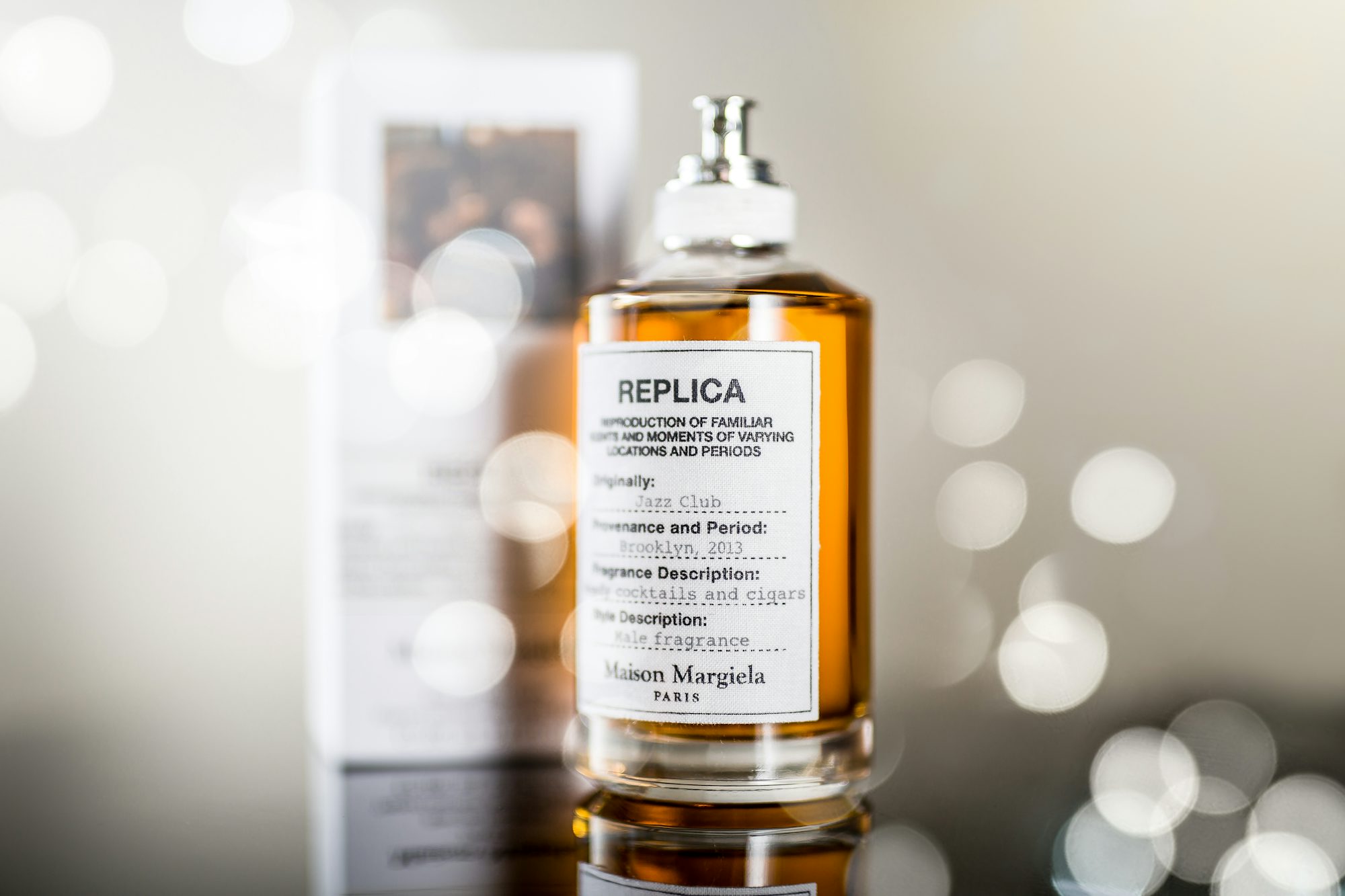As awareness of environmental issues continues to rise, sustainable fashion has emerged as a significant trend in the apparel industry. Consumers are increasingly seeking clothing that not only reflects their style but also aligns with their values. This article explores the principles of sustainable fashion, highlights eco-friendly brands, and provides practical tips on how to curate a wardrobe that champions sustainability.
Understanding Sustainable Fashion
Sustainable fashion is a movement that emphasizes ethical production practices, eco-friendly materials, and responsible consumption. At its core, it aims to reduce the environmental impact of clothing while ensuring fair labor practices in the fashion industry. Here are some key components:
1. Eco-Friendly Materials: Sustainable fashion prioritizes the use of materials that are renewable, biodegradable, or recycled. Organic cotton, Tencel, hemp, and recycled polyester are excellent examples of materials that minimize environmental harm.
2. Ethical Production: This aspect focuses on ensuring fair labor practices throughout the supply chain. Sustainable brands often partner with factories that uphold workers’ rights, provide safe working conditions, and pay fair wages.
3. Minimal Waste: Sustainable fashion advocates for reducing textile waste. This can be achieved through practices like upcycling, designing for longevity, and promoting second-hand shopping. Many sustainable brands also implement take-back programs to recycle or repurpose old clothing.
The Benefits of Sustainable Fashion
Embracing sustainable fashion comes with numerous benefits for both individuals and the planet:
1. Environmental Impact: By choosing sustainable brands and materials, consumers can significantly reduce their carbon footprint. Sustainable practices help decrease pollution, conserve water, and reduce waste in landfills.
2. Supporting Ethical Practices: Sustainable fashion empowers consumers to support brands that prioritize ethical labor practices. By choosing ethically made products, individuals contribute to improving the lives of workers in the fashion industry.
3. Unique Style: Sustainable brands often focus on quality over quantity, offering unique and thoughtfully designed pieces. This allows consumers to express their individuality while making conscious purchasing decisions.
Notable Sustainable Fashion Brands
Several brands are leading the charge in sustainable fashion, offering stylish options that are both eco-friendly and ethically produced:
1. Patagonia: Known for its outdoor apparel, Patagonia is a pioneer in sustainable practices. The brand uses recycled materials, supports fair labor practices, and encourages customers to repair and recycle their clothing.
2. Reformation: Reformation is a fashionable brand that focuses on sustainability. They provide transparency about their production processes and offer stylish pieces made from eco-friendly materials.
3. Everlane: Everlane is committed to radical transparency, providing customers with information about the true cost of their clothing. The brand emphasizes ethical production and uses high-quality materials to create timeless pieces.
4. Eileen Fisher: Eileen Fisher has long been a leader in sustainable fashion, emphasizing simplicity, quality, and timeless design. The brand focuses on creating clothing that lasts while utilizing sustainable practices.
Tips for Building a Sustainable Wardrobe
Transitioning to a sustainable wardrobe doesn’t have to be overwhelming. Here are some practical tips to help you get started:
1. Assess Your Closet: Begin by evaluating your current wardrobe. Identify pieces you no longer wear or need and consider donating or selling them. This will make space for more sustainable choices.
2. Invest in Quality: Instead of buying fast fashion items that may quickly fall apart, invest in high-quality pieces that will last. Look for well-constructed garments made from durable materials.
3. Choose Versatile Pieces: Opt for versatile clothing that can be styled in multiple ways. This not only reduces the need for excessive purchases but also allows you to get more use out of each item.
4. Explore Second-Hand Options: Thrift stores, consignment shops, and online platforms like Depop and Poshmark offer a treasure trove of second-hand clothing. Shopping second-hand is an excellent way to find unique pieces while minimizing waste.
5. Support Local Brands: Look for local sustainable fashion brands in your area. Supporting small businesses often leads to more ethical production practices and reduces the carbon footprint associated with shipping.
The Future of Sustainable Fashion
The sustainable fashion movement is growing, with more consumers demanding eco-friendly options. As awareness spreads, we can anticipate several exciting developments:
1. Innovation in Materials: Advances in technology are leading to the creation of new, sustainable fabrics. Innovations like lab-grown materials and biodegradable textiles promise to revolutionize the industry.
2. Circular Fashion: The concept of circular fashion, where clothing is designed for longevity and recyclability, is gaining traction. Brands are beginning to adopt circular practices, making it easier for consumers to recycle or return clothing at the end of its life cycle.
3. Increased Transparency: As consumers become more educated about sustainability, brands will face pressure to provide transparency regarding their supply chains and production practices. This shift will empower consumers to make informed choices.
Conclusion
Sustainable fashion offers a path toward a more ethical and eco-conscious way of dressing. By understanding the principles of sustainable fashion, exploring eco-friendly brands, and implementing practical tips for a sustainable wardrobe, individuals can contribute to positive change in the fashion industry. As this movement continues to grow, it paves the way for a more responsible and stylish future, where fashion aligns with values and benefits both people and the planet.






